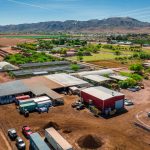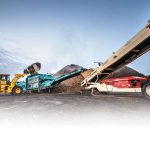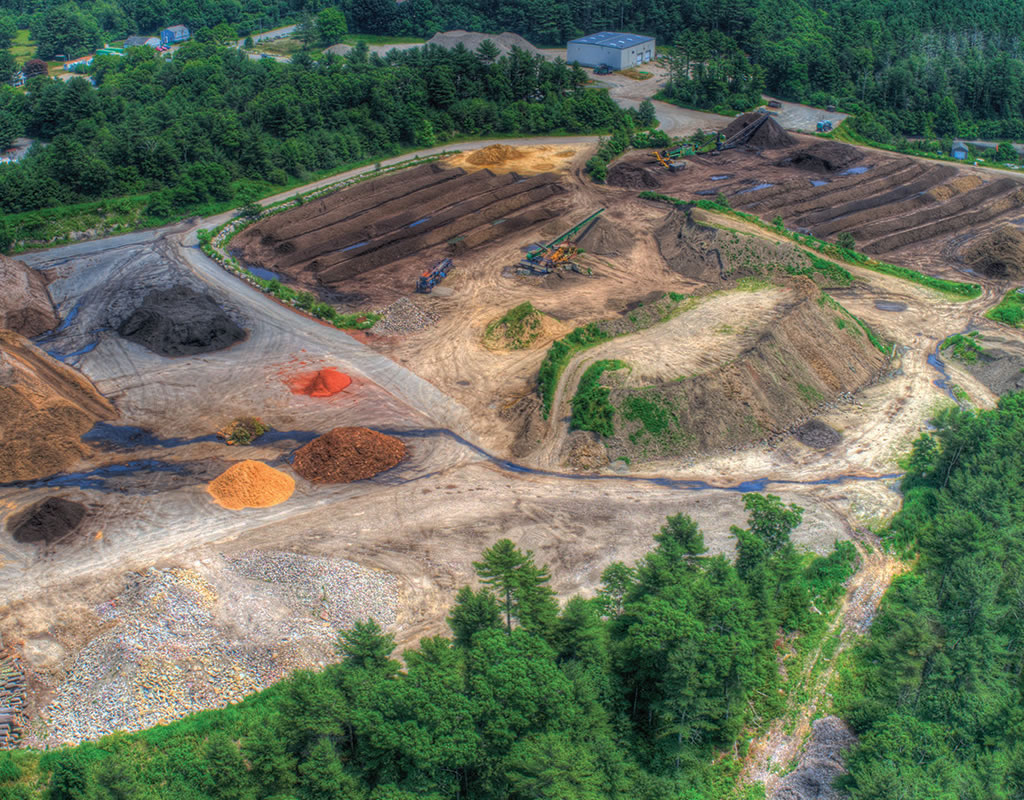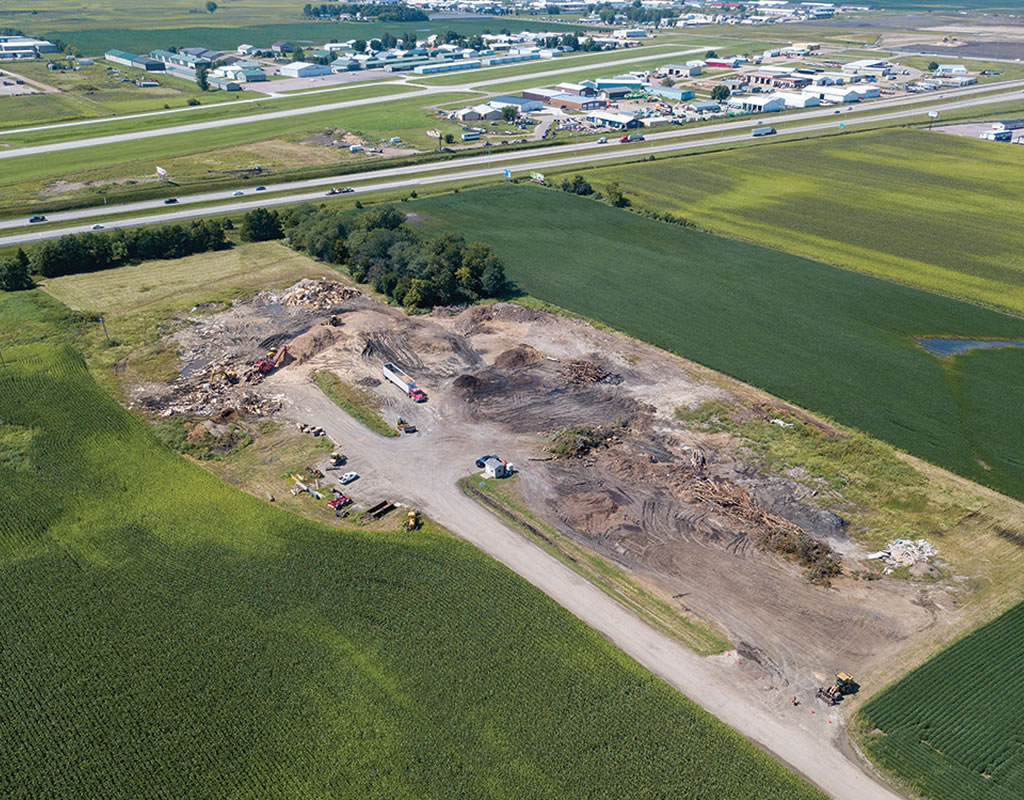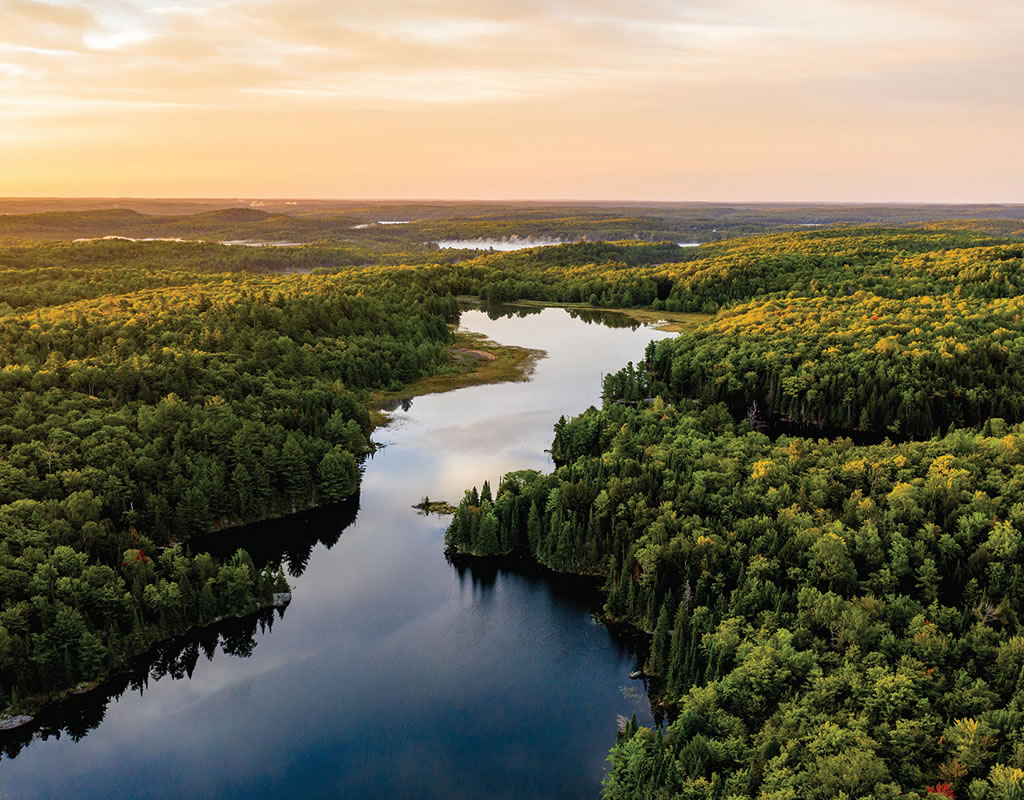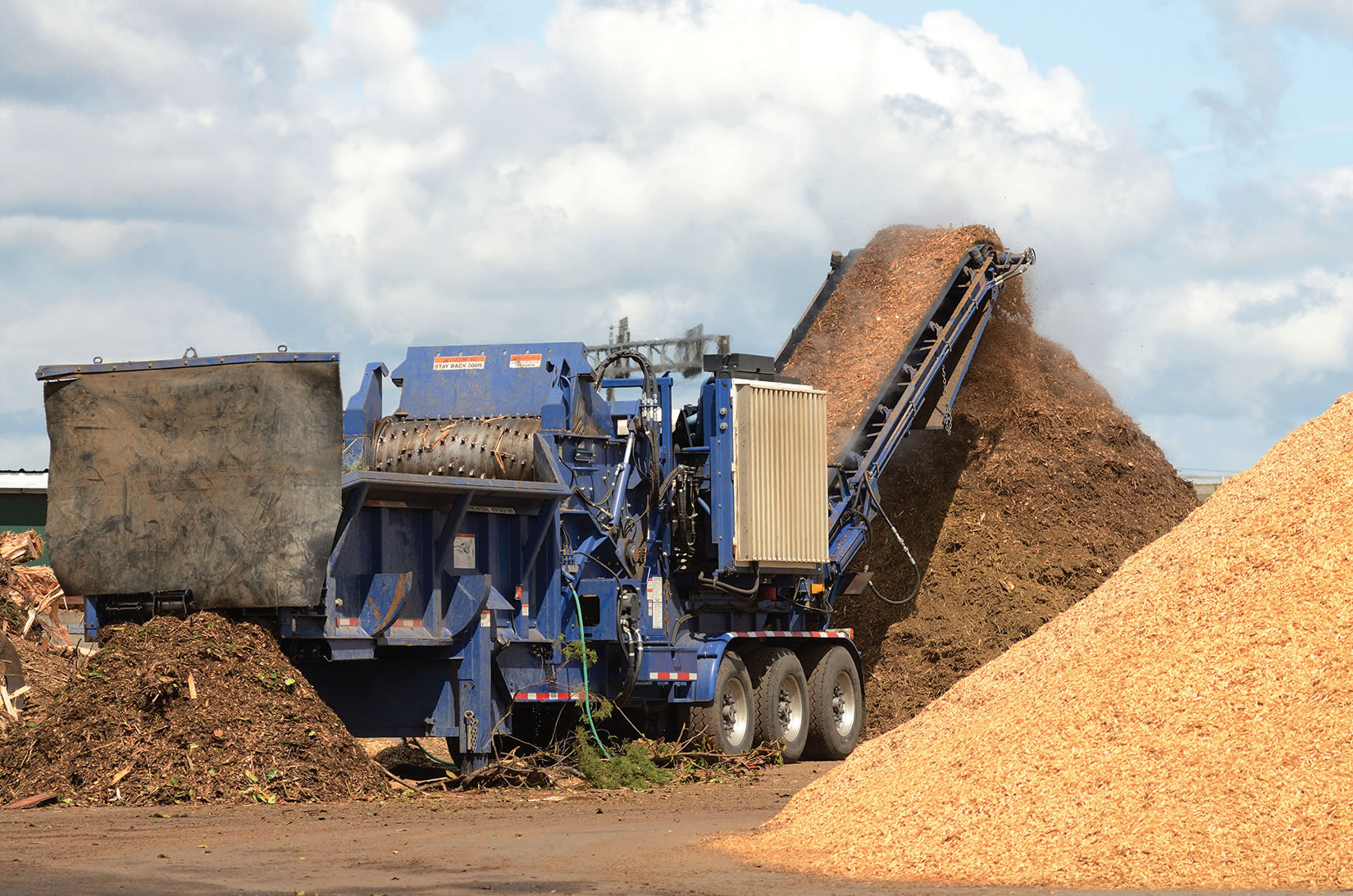By Kathleen Marquardt
In recent years, the topic of land acquisition by major corporations, foreign governments, and private equity firms has gained increasing attention. Companies like BlackRock, JP Morgan, Vanguard, and others have been purchasing vast tracts of farmland, forests, and single-family homes, raising concerns about the long-term impact on agriculture and local communities. Additionally, foreign powers like China are acquiring U.S. land, heightening worries about national security and resource control. These "land grabs" are transforming not only the economy but also the social and environmental landscape.
But what’s driving this rush for land, and what are the implications for our food supply, environment, and civil society?
The Corporate and Foreign Takeover of Farmland
The National Family Farm Coalition warns that 40% of U.S. farmland is expected to change hands in the coming decades. Historically, farmland has been locally owned, with family farms passed down through generations. However, as large corporations and foreign entities, notably from China, buy up agricultural land, local control is diminishing.
Much of this land is being repurposed for non-agricultural uses, such as real estate developments or renewable energy projects, further eroding the foundation of rural farming communities. The loss of farmland to speculative investors could have severe consequences for food production and security, especially as global population growth continues to strain resources. Oxfam America has estimated that over an acre of farmland is lost every minute in the U.S., contributing to rising food prices and supply chain challenges.
Renewable Energy: A Double-Edged Sword?
In an interview with Tom DeWeese, President of the American Policy Center, an organization protecting property rights, after enumerating many of the ways wind and solar power are not what they are said to be, he noted that they also will never produce enough power to be a significant source of energy. Beyond that, he pointed out that these “sustainable” changes to “save the planet” are changing our entire civil society, while also damaging our land, water, and the air we breathe.
The U.S. government has set ambitious goals to transition to renewable energy sources, such as wind and solar, in an effort to combat “climate change”. But these projects come with significant land requirements, often at the expense of agriculture. For instance, meeting the current administration's goal of 100% renewable energy by 2035 would require about 700,000 acres of land just for solar installations.
While renewable energy is essential for reducing greenhouse gas emissions, large-scale wind and solar farms often displace farmers and take valuable land out of food production. The environmental benefits of solar and wind power are also accompanied by challenges. Wind turbines have a relatively short lifespan (6–10 years), and once decommissioned, their components, which contain rare earth minerals, often end up buried on-site, potentially contaminating the soil. This means that farmland converted for renewable energy may never be restored to its previous productive capacity.
Critics argue that while renewable energy is vital, we must carefully balance the need for clean energy with the preservation of agricultural land.
As DeWeese says, “solar and wind power has to be stored; you don’t run directly off it. And when the sun doesn’t shine, and the wind doesn’t blow, that stored power runs out pretty quickly”.
DeWeese adds, “Seventeen million acres are planned for solar panels in the Midwest; 250 million acres for wind turbines. Even 2400 such turbines wouldn’t produce enough electricity for the peak summer needs of New York State. But they intend to convert the entire nation’s energy supply to this farce. Is there enough land in the whole U.S. to build them? For example, Scotland has cleared 17,283 acres for windfarms. To do this, they have wiped out 14 million trees.”
The Impact on Farmers and Food Security
Family farms are vital to both the economy and food security, but they are increasingly at risk. As corporate and foreign buyers acquire land, smaller farmers often struggle to compete with rising land prices. Additionally, strict environmental regulations are pushing many farmers out of business. The loss of family-owned farms and the consolidation of land into the hands of large corporations could result in a less diverse, less resilient agricultural system.
Rural areas face additional challenges from eminent domain laws, which allow governments to seize private land for public projects, including wind and solar farms. This practice is increasingly being used to confiscate farmland for energy infrastructure, further reducing the amount of land available for growing food.
As farmland is converted into energy projects or sold for speculative purposes, food production is likely to decrease, driving up food prices and affecting the cost of living for everyone.
China’s Growing Influence
Foreign ownership of U.S. land is also a growing concern, especially as China continues to acquire large tracts of farmland and infrastructure. With 384,000 acres already under Chinese ownership, there are worries about the potential for foreign control over critical resources like food and energy.
China’s involvement goes beyond land ownership. The Chinese government is also heavily investing in renewable energy projects in the U.S., often through companies that claim to be "made in America" but are in fact controlled by the Chinese Communist Party. For example, a Michigan electric vehicle (EV) battery plant, Gotion Inc., is technically an American company but follows Chinese government mandates. This growing influence over key industries, including energy and agriculture, has raised concerns about national security and economic independence.
The Dangers of “Smart Growth” Policies
DeWeese brought up the “second front” of the land and homes being bought up. Arkansas was the first state to stand up and say that Chinese citizens or officials cannot purchase property in their state. What is Arkansas seeing that other states aren’t – yet?
Along with the agricultural and forest land, we are seeing single-family homes being bought up at reduced prices because Smart Growth policy is being put in place, making it too impossible for middle-class people to even upgrade their homes. The farmers cannot survive while trying to obey absurd sustainable rules, thus they are going out of business. BlackRock, Vanguard, et al, and Bill Gates are grabbing land as fast as they can.
In the article “The Private Equity Land Grab Expanding to Smaller Legacy Cities”, Catherine Tumbler notes, “Corporate and institutional investors expanded their role in the housing market more than a decade ago, picking up foreclosed and distressed properties across the country at rock-bottom prices during the Great Recession, then renting or reselling them after the recovery. Today they are consolidating even more property and power, a trend marked by rising real estate ownership by limited liability corporations (LLCs), the increasing sophistication of algorithmic tools for amassing different types of property in aggregate, and increased reliance on driving up rents, rather than house-flipping, to extract profits. Leaders in legacy cities, preoccupied with dramatic population loss for decades and enthusiastically welcoming investment now, could be caught unprepared to handle a land grab that benefits only the wealthy, displacing most everyone else.”
Carbon Capture and Its Unintended Consequences
In addition to land acquisitions for renewable energy, large-scale projects related to carbon capture and storage (CCS) are gaining momentum. CCS is promoted as a technology to reduce carbon dioxide emissions by capturing and storing it underground. However, critics argue that these projects are expensive, unproven, and could result in more environmental damage than they prevent. The process often requires significant land, diverting even more resources from agriculture or other vital uses.
Some experts have pointed out that CCS, along with carbon offsets, has become a speculative industry in its own right. These so-called "green" solutions are being marketed as essential to combating “climate change”, but there is growing skepticism about their actual effectiveness and long-term sustainability.
Technology, Surveillance, and Land Use
Another emerging factor in the land grab is the rise of data centers and AI technology. Data centers require massive amounts of energy and water to operate, and the U.S. government has already dedicated millions of acres to building the necessary infrastructure for this rapidly growing industry. These centers, integral to the expansion of AI and digital technology, require energy that is 400–500 times greater than traditional searches through platforms like Google.
This reallocation of land and water resources is another threat to agriculture, as it shifts valuable resources away from farming and food production. Moreover, the expansion of AI technology raises concerns about privacy and surveillance, as these data centers collect information on everything from driving habits to social interactions.
The Future of Land, Energy, and Agriculture
The global rush for land, whether driven by corporate interests, foreign governments, or renewable energy projects, is reshaping the landscape of rural America and beyond. The implications for farmers, food security, and local communities are profound. While renewable energy and carbon capture technologies might be helpful tools in the fight against “climate change”, we must carefully consider their long-term impact on the environment, agriculture, and society.
Preserving farmland and keeping land within local control is essential for the sustainability of both our food systems and rural communities. As corporations and foreign powers continue to buy up land, public awareness and government action will be critical in ensuring that land use decisions are made in the best interests of society as a whole—not just for the benefit of a few powerful entities.
Related News
Subscribe Today
Every other month, Soil & Mulch Producer
News brings you important stories about:
• New Technology
• Products
• Industry News
• Research Studies
Soil & Mulch Producer News features articles and services relevant to your daily operations.



